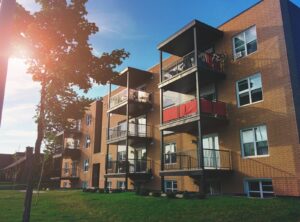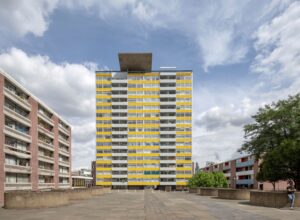The announcement in the last Budget of a 1% decrease in rents – instead of the consumer price index (CPI) +1% on which housing business plans had been based – has presented a real challenge to councils and housing associations alike. The cumulative impact is to make development schemes undeliverable and challenge whether plans of improvements to homes are affordable. Achieving better value for money is a mantra for us all, but what does and should this mean?
Perhaps there is a need to think again about what asset management is for, what the objectives are and how these can be delivered? Possibly even when asset management needs to start.
Designing out maintenance issues and costs is a challenge without abandoning innovation in design or specification. As part of any decision making process about new investment projects, consideration of the cost in use of materials and their ease of replacement at end of life is important. This analysis could have a positive impact on viability, reducing the sums that need to be set aside from the rent for maintenance and improving resident satisfaction in order to reduce tenancy churn. Equally, avoiding a short-term saving through value engineering that reduces capital costs but transfers costs to maintenance is a false economy. Yes, that scheme may become viable if the higher long-term costs are not considered, but future schemes will be compromised because of the defects and deficits occurring.
The process of addressing how to build well goes further than this. What about cleaning regimes, how easy is it to do simple things such as clean windows or change light bulbs? If a tenant leaves, how easy is it to change locks? In selecting doors, are these standard sizes so that if a replacement is required it is ‘off the shelf’? Conscious decisions about these and other things can help control future costs, allowing more homes to be built at affordable rents.
Value for money can be achieved when all the disciplines affecting a project work in harmony: the mix of homes provided meets housing needs/demand; the design is robust and buildable; common and shared areas are appropriate for the use, can be cleaned and maintained economically; the specification has been tested for long-term durability, ease of replacement at end of life and low cost in use. This is not utopian; it reflects how car manufacturers design their products so that they can compete on running costs as well as aesthetics. Perhaps this is where we need to look if we want to keep building affordable homes.


















Leave a Reply